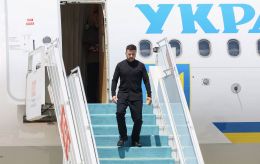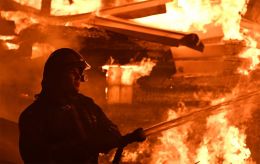10 facts about air travel hidden from passengers
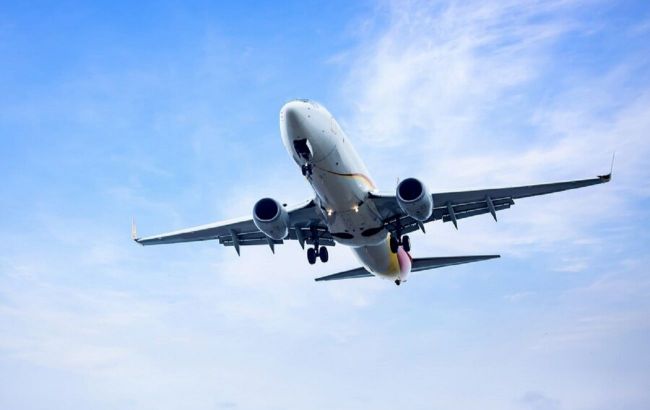 Little-known facts about airplanes and air travel (photo: Freepik.com)
Little-known facts about airplanes and air travel (photo: Freepik.com)
From secret features that only crew members know about to sophisticated engineering solutions that ensure your safety, air travel is a world full of surprises.
RBC-Ukraine dwells on 10 facts that will make you look at flying differently.
How does the crew deal with violent passengers?
Crew members have special handcuffs or plastic ties for passengers who behave aggressively. In the event of a disturbance, they can temporarily restrict the offender's mobility.
After landing, information about the incident is passed on to the police, who deal with the situation. Such measures help ensure comfort and safety for everyone on board. In difficult situations, the crew follows protocols to avoid serious conflicts.
Do life jackets have any secrets?
When the airplane experiences a sharp pressure drop, life masks automatically fall out. They not only provide oxygen but also help calm passengers in stressful situations.
The masks also help stabilize the pressure, which is especially important during turbulence. They are designed for optimal comfort and efficiency in emergencies. Interestingly, the oxygen in the masks is created by a chemical reaction, which makes transportation much easier.
Why are there yellow hooks on the wings?
The hooks on the wings of airplanes look unremarkable, but they have an important function. In the event of an emergency landing on water, stewards use these hooks to attach lifelines to help passengers safely exit the aircraft.
If additional safety is required, lifeboats can also be attached to these hooks to avoid them drifting at sea. Interestingly, the time during which an airplane can stay on the water depends on the model and conditions - from 10 minutes to several hours.
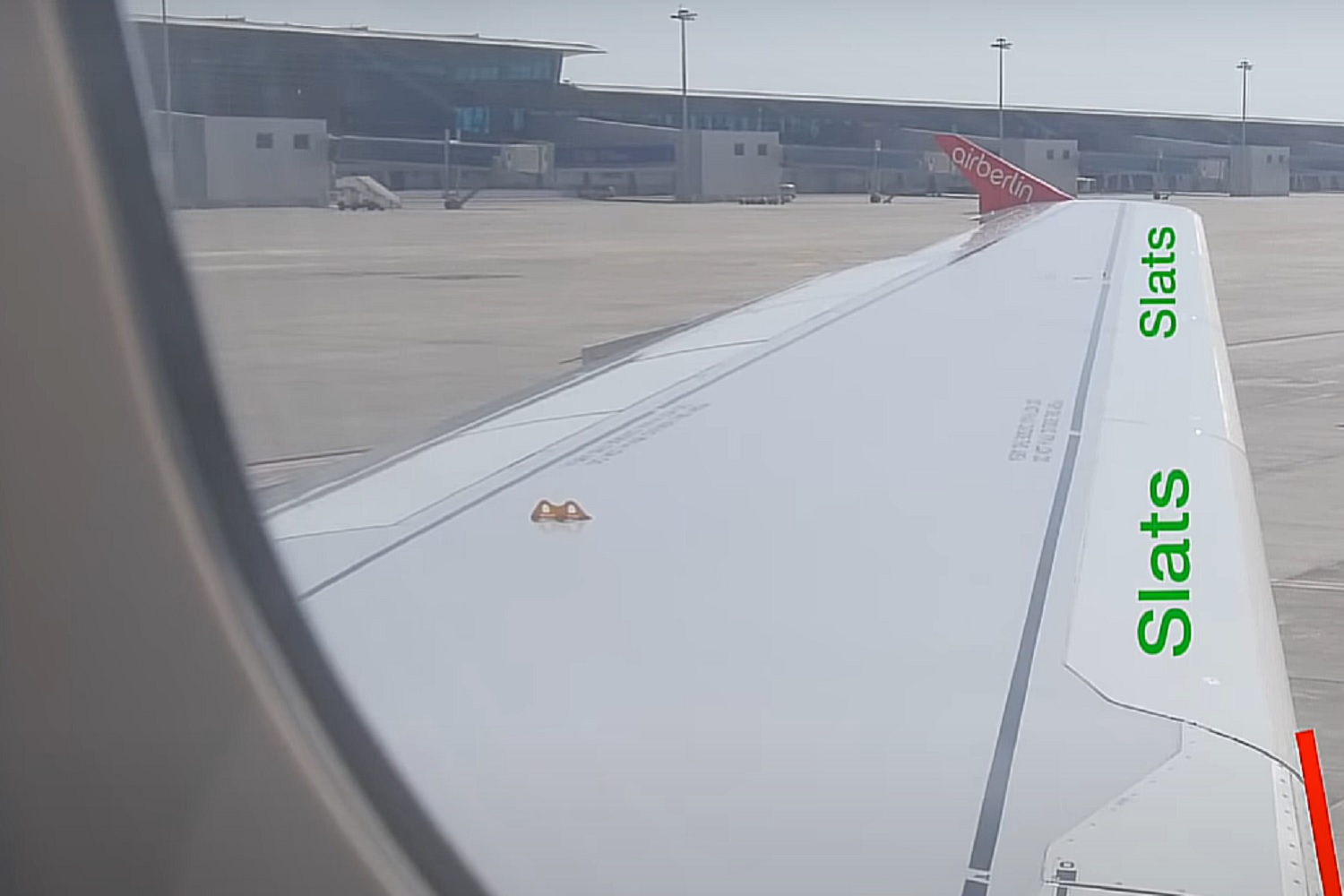 The hooks on the wings of the aircraft are not for aerodynamic purposes (photo: screenshot youtube.com/@flywithcaptainjoe)
The hooks on the wings of the aircraft are not for aerodynamic purposes (photo: screenshot youtube.com/@flywithcaptainjoe)
Additional handles for the crew
During an evacuation, the crew may face panic among passengers who may inadvertently knock the stewards down. To avoid such situations, the doors are equipped with special handles that the crew holds on to, ensuring their stability.
This allows them to help passengers more effectively and coordinate the evacuation process. These handles also allow the crew to stay safe even in the most difficult conditions. The safety of passengers depends on the well-coordinated work of the crew, so every detail is thought out.
Why are the seat belts on an airplane different?
Seat belts in airplanes have a completely different function than in cars. While car belts protect you from horizontal impacts, airplane belts prevent injuries from vertical jolts during turbulence.
They keep passengers in their seats and prevent them from hitting the ceiling or the seat in front of them. This design takes into account the specifics of flights and ensures maximum comfort and safety. Even during the most severe turbulence, passengers remain protected.
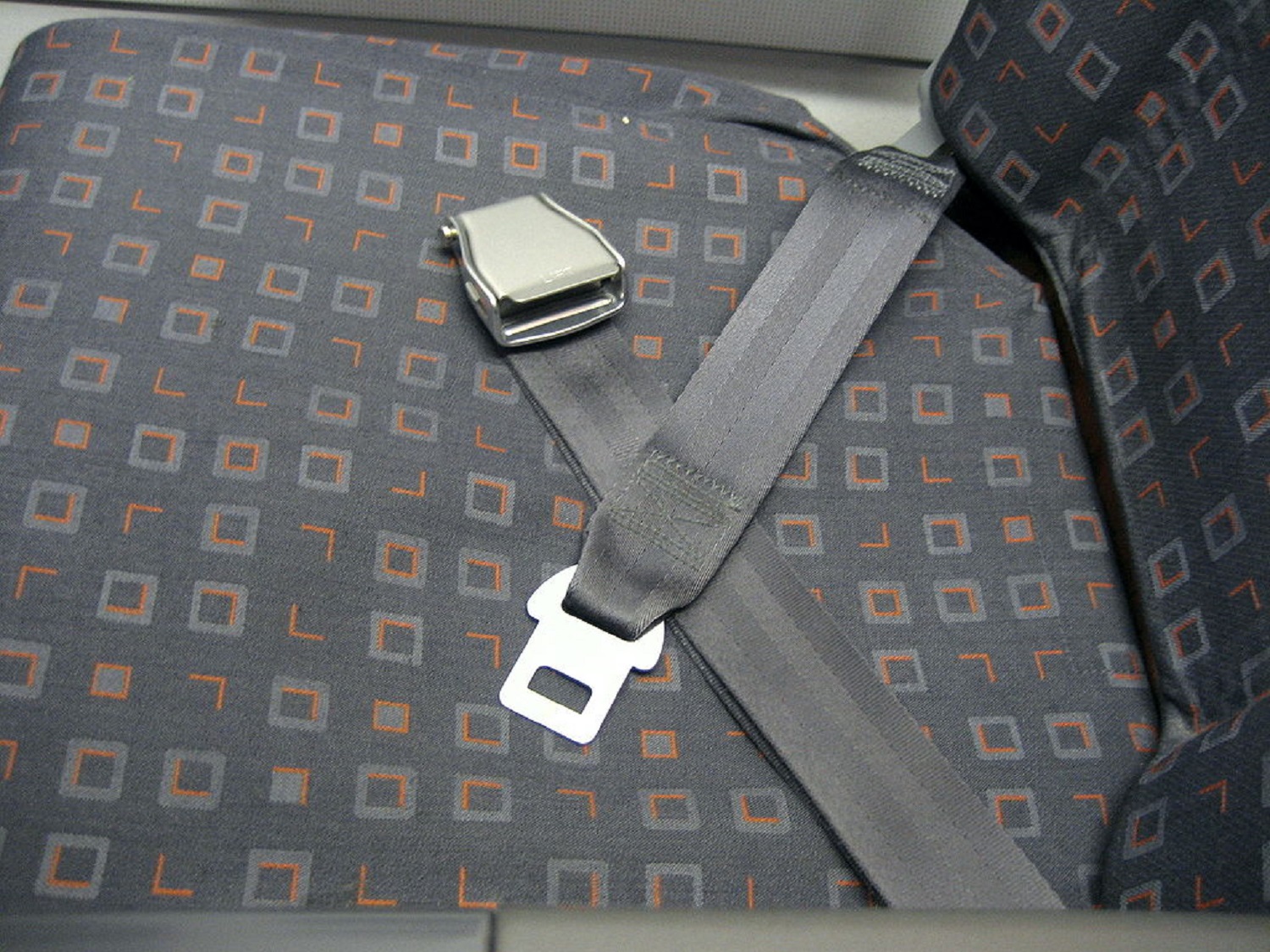 Airplane seat belts are not like car seat belts (photo: Wikipedia)
Airplane seat belts are not like car seat belts (photo: Wikipedia)
Why are the lights flickering before takeoff?
Before takeoff, the aircraft switches from the airport's power grid to its onboard power system. This quick switch can cause the lights in the cabin to flicker briefly.
This is a completely normal phenomenon that does not affect flight safety. Thus, the aircraft systems are preparing for autonomous operation.
How do windows work?
Windows in an airplane are made of three layers of glass, each of which performs its function. The outer layer withstands pressure, the middle layer provides additional safety, and the inner layer protects against passengers.
In addition, each window has a small hole in it to help reduce the pressure difference between the cabin and the outside environment. Thanks to this, the windows of the aircraft remain intact even under heavy loads. The round shape of the windows also contributes to an even distribution of the load.
What are the triangles above the windows for?
The black triangles on the walls of the aircraft indicate the best places to view the wings from the cabin. These signs help the crew to monitor the condition of the wings during the flight. If problems are detected, the crew can quickly take the necessary measures. Passengers also have a unique view to take great photos.
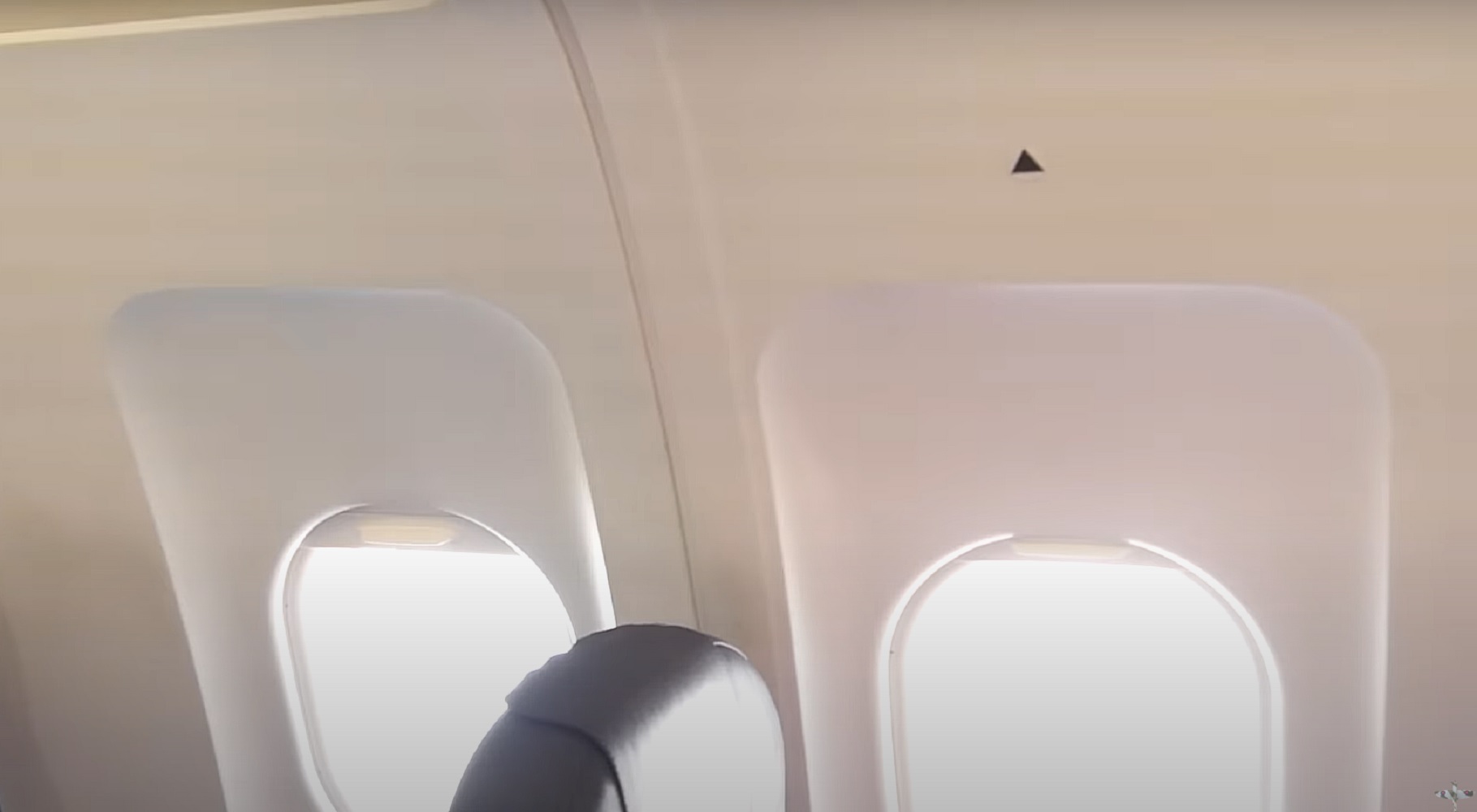 The black triangles are intended to inform the crew (photo: screenshot youtube.com/@flywithcaptainjoe)
The black triangles are intended to inform the crew (photo: screenshot youtube.com/@flywithcaptainjoe)
How are the airplane wheels protected?
Aircraft wheels are designed to withstand extreme loads during landing. They can withstand pressures 5-7 times greater than they would normally experience.
This reliability is essential for safety during every landing. Even on the most difficult runways, the wheels provide stability and control.
Why are the turbines under the wings?
The location of the turbines under the wings reduces maintenance costs and improves the efficiency of the aircraft. In the event of a malfunction of one turbine, the aircraft can continue flying thanks to the other.
This solution also provides a more comfortable flight for passengers, as vibration in the cabin is minimized. In addition, this arrangement makes it easier to repair engines.
Earlier, we wrote about 9 reasons why a traveler may not be allowed to board an airplane.
Read also what the smallest airport in the world looks like, where people are breathless during takeoff.
Sources: Simpleflying.com, Lifehacker, Wikipedia.
